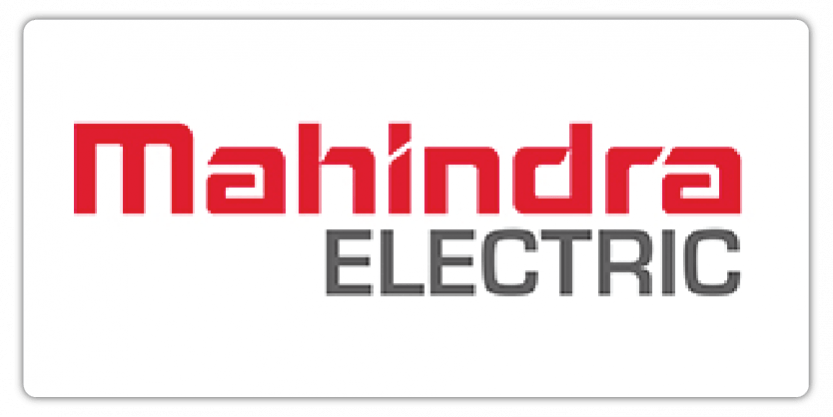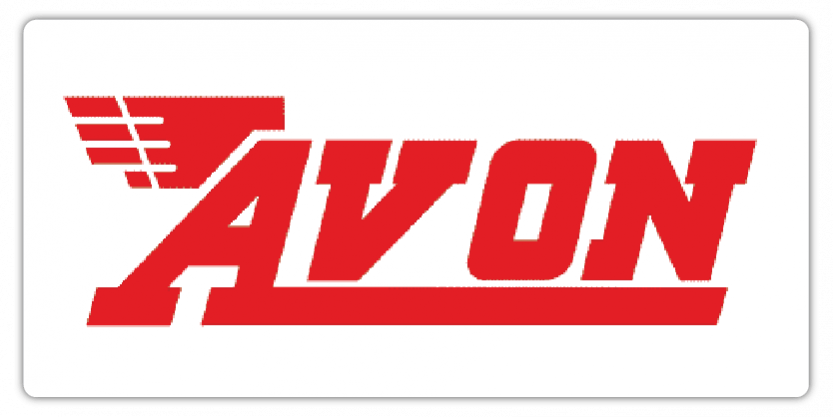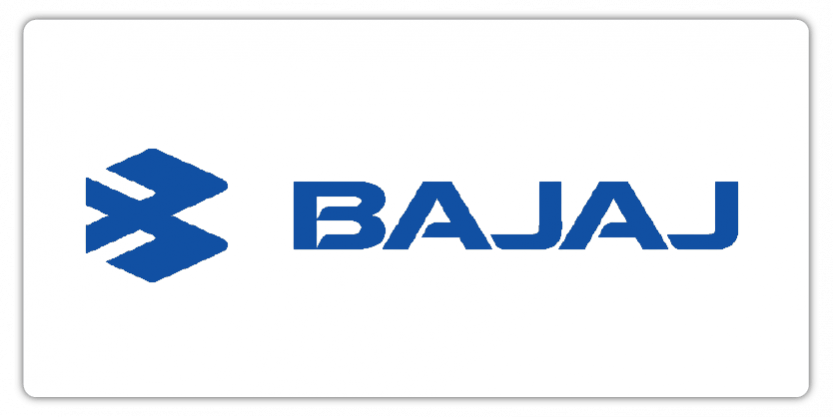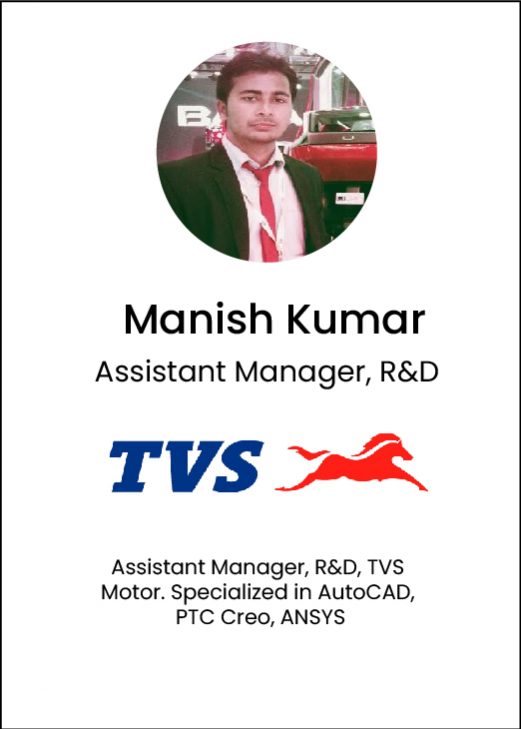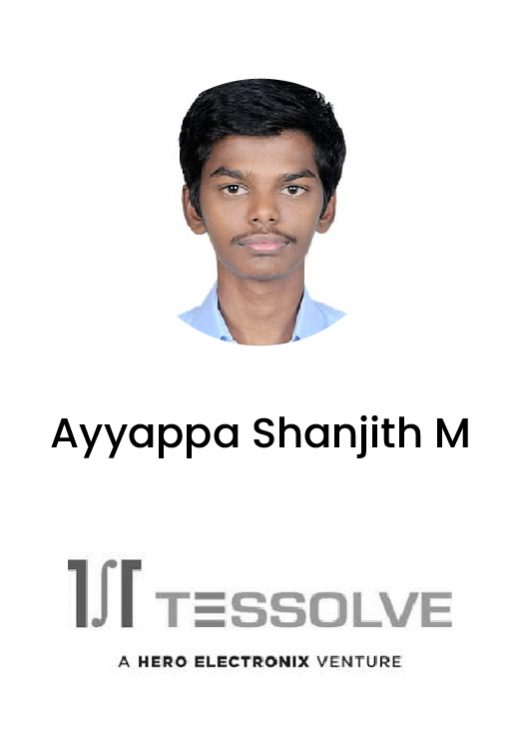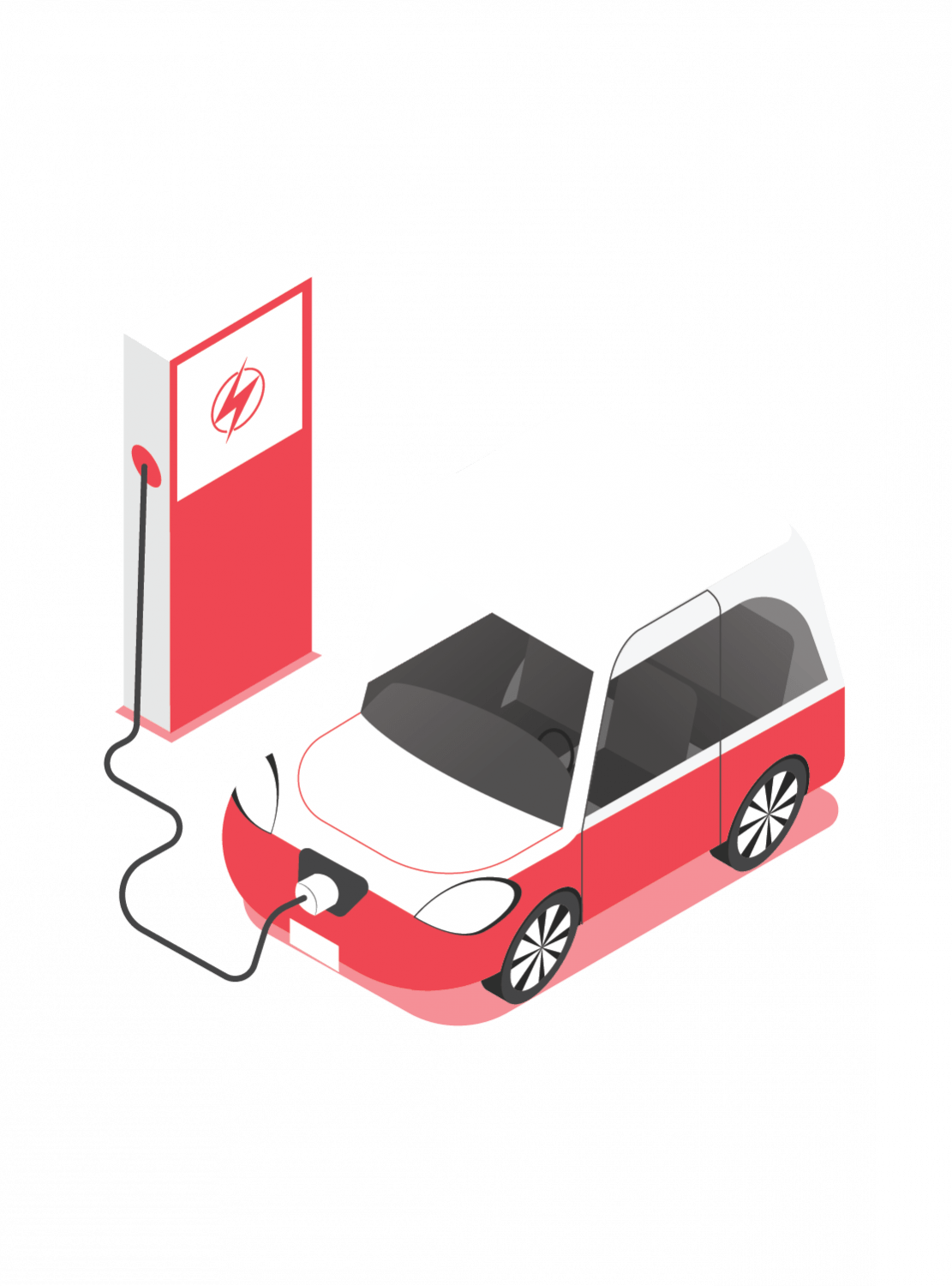Professional Master Certification Program in EV Powertrain Architecture and Energy Storage System
A comprehensive EV course on EV Powertrain Architecture and Energy Storage System that gives you exposure to various computational tools for EV Applications. This EV technology course is highly recommended for engineering students.

Next Cohort Starts: 31st January 2024
Eligibility: Students with minimum 50% or equivalent passing marks
Book a Class, for Free
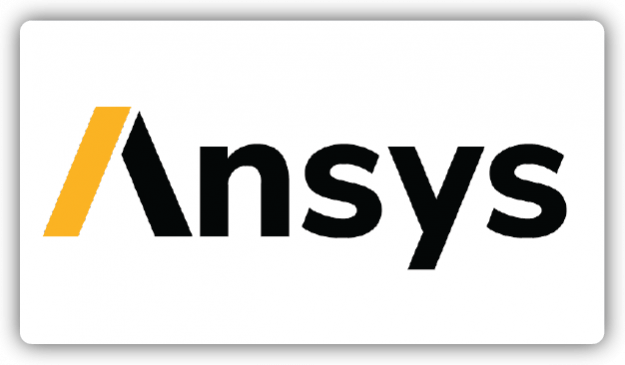



Get Placement In

06 Months Live + Online Classes
Learn through online lectures delivered by our Top Ranked Faculty (after working hours)

01 Project
Become future ready by applying what you will learn and built industrial projects.

ISIEINDIA Certificate
Earn a PMC Certificate in Electric Vehicle from ISIEINDIA - Ranked #1 in Education.

Placement Assistance
Assistance with a job or career placement aids in employment.
Placement Highlights

350+
Participating Companies

6.9 LPA
Average CTC

30 LPA
Highest CTC

60 %
Average Salary Hike
Top Skills You Will Learn
Selection & Design of Powertrain, Battery, Motor Modelling & Controller, BMS & BTMS, Understanding of Aerodynamics, EV Control Methods, EV Charging and Homologation and Testing
Who Is This Programme For?
Engineering Graduates, who are looking to skill themselves
Job Opportunities
Battery Pack Engineers, Vehicle Dynamics Engineers, CAE Analyst, Homologation Engineers, Quality Engineers, Design Engineers, Project Engineers, Simulation and Testing Engineers, Motor Design Engineers, BMS Application Engineers.
Minimum Eligibility
Students with minimum 50% or equivalent passing marks
Join the Electric Vehicle industry
By 2026, IDC predicts Electric Vehicle and cognitive computing spending will reach $52.2 billion. Electric Vehicle is one of the hottest professions.

36
Annual Job Growth By 2026

50 M
Expected New Jobs By 2030

Rs.3.5L -12L
Average Annual Salary
Source: IESA Report
Source: IVCA-EY-Induslaw Report
Source: Glassdoor
Still have Questions?
Talk to our Experts…
PMC Program in EV Powertrain Architecture and Energy Storage System
Certified by NSDC
Complete all the courses successfully to obtain the certification from NSDC, supported by SMEV
• Earn a Certification in EV Engineering
• Widely recognized and valued programmed in EV Engineering

Case Studies
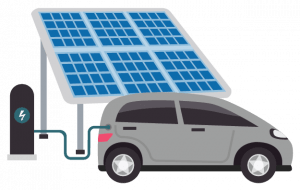
EV Operating Cost and Infra Challenges
Perform basic calculations pertaining to various challenges faced by the industry in terms of – cost, charging, battery pack size, etc. to understand the on-ground scenarios. These will be accompanied by market data and studies to give a wider perspective and view into the industry.

Motor Modelling and Design
Modelling of different kinds of the motor on the basis of various parameters such as battery voltage, back electromotive force coefficient, and winding resistance. Comparative study of BLDC motor vs IM motors vs PMSM motors on the basis of its design, performance, efficiency.
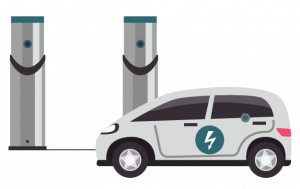
EV Charging Station & Road Map Challenges
Comparative study of the charging system i.e. onboard and off-board charging system. The case study focuses on the load requirement and infra challenges faced by the EV industry in all parts of the country.
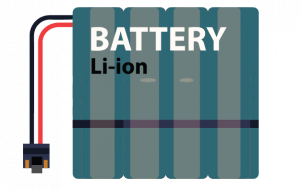
Battery Pack Thermal Management
Battery pack thermal management strategy and methods used in different vehicles as per the applications. The optimization on the basis of cooling efficiency, of the system, and power management.
Brochure
Best-in-class content by leading faculty and industry leaders in the form of videos, cases and projects
ISIEINDIA Instructors
Learn from leading Industry oriented trainer, faculty and leaders
Our Expert Work At
Top companies from all around the world






Where our Alumni Work
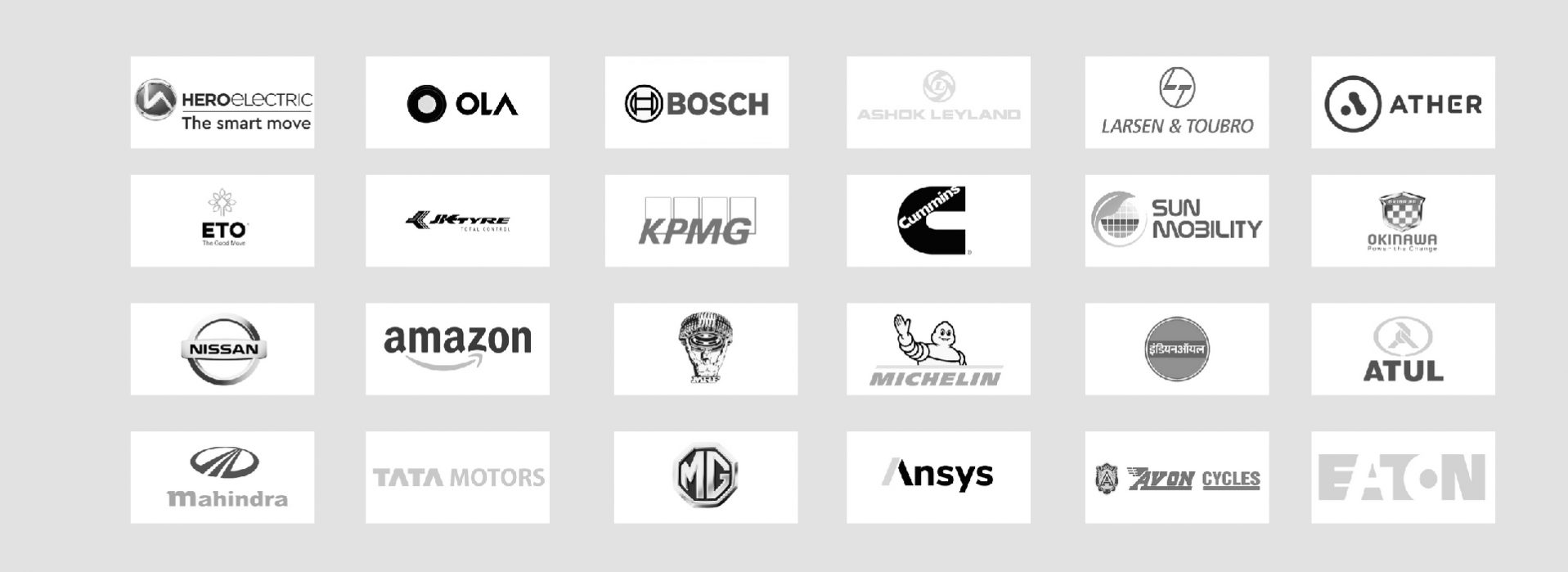
Syllabus
Best-in-class content by leading faculty and industry leaders in the form of videos, cases and projects, assignments and live sessions
100+
Content Hours Available
5+
Industry Projects
10+
Case Study
2+
Tools Covered
MODULE 1 - Electric Machine Design and Industry Prospects
History of Electric Vehicles – Coming of EV in 19th Century
Golden Era of EV
Coming of New Era in EV
EV Market and Sales
Components, Trends and Growth
HEV Architecture – Parallel Hybrid
Series Hybrid
Series Parallel
Fuel Cell EV
Selection on Motors, their Size and Types – Motors
Transmissions
Hub Motor
Battery Performance Index
Introduction to Powertrain
Vehicle Coordinate System
Powertrain Equation
Aerodynamics and Its Calculation – Drag Equation
Drag Coefficient
Drag Calculation
Tire Construction and Specification
Wheel Rolling without Slipping
Wheel Dynamics ROLL vs SLIP vs SKID
Contact Patch
Hysteresis Loss
Tyre Parameters
Powertrain calculation for 2W – Calculating Parameters
Power Calculation
Motor and Torque Calculation – Torque Calculation
Gearbox Selection
Motor Characteristics
Motor Types and Design – PE and Motor Control
Basic Understanding of Motor
SRM Motor
Introduction of BLDC Motor
Control Principles
Motor for EV
Regenerative Braking
Motor Control
Motor Control Quadrant
AC Motor Control
Asynchronous vs Synchronous Motor
Introduction to Motor Modelling and Design
Motor Geometry
Add Winding and Material
Simulating E Magnetics
Model Based Simulation – Calculate for Vehicle Energy Consumption – Introduction
Motor Geometry
Add Winding and Material
MODULE 2 - Battery Pack Design and Selection
Introduction to Cells – History of Battery
Types of energy storage system
Why Li-Ion Cells
Lithium Cells Working
Battery Terminologies
Lithium Chemistry
Cell Types – Form Factors
Lithium Cell Materials
Lithium Cell Failures
Equivalent Cell Model – Open Circuit Voltage
Linear Polarization
Finding RC Values
Hysteresis Voltage
Enhanced Self Correcting Model
Cell Testing and Coulombic Efficiency
Temperature and OCV
Dynamic Testing
Model Simulation
Physics Based Model – Intro (Emperical vs Physics Model and Micro Scale Eqn – Basics)
Charge Continuity (Point form of Ohms Law
Mass Continuity Eqn (Ficks Law, Continuity Eqn, 1D Linear Diffusion)
Thermal Energy and Potential (Thermodynamic Potential
Thermodynamics Law and Gibbs Free Energy
Electro Chemical Potential (Partial Molar Qnty, Electrochemical Potential
Absolute Activity (Debye Huckle Theory
Binary Elctrolyte Behaviour(Stoichimetric Coefficient, Electronetrality in Electrolyte
Elecrolyte Mass Continuation Eqn Pt1 (Maxwell Stefan Relation
Electrolyte Mass Continuation Eqn Pt1 (Ion Fluxes)
Boundary Conditions (Transfer Equations, Cell Level Quantities
Cell Operating Condition and Life (Cell Charging and Discharging, Cell C-Rating)
Improving Cell Life (Factors Effecting Cel Life, Cell Degradation Causes
Battery Calculation Basics
Energy Consumption Pt01
Energy Consumption Pt02
Reduced Order Model for Cell Dynamics – Approach for Reduced Order Model
Finding Internal Resistance
Finding Impedance
Negative Electrode Transfer fnc.
Positive Electrode Transfer fnc.
1D model for Ce(x,t)
Solution to homogenous PDE
One Dimensional Model
Summary of Transfer fnc
Cell Voltage
Full Cell Model
Model Blending
Battery Size Calculation – Energy Consumption Calculation
Calculating Battery Pack Size
Battery Pack Capacity and Voltage – Cell Load Characteristics
Battery Pack Capacity and Voltage
Cell to Cell Bonding – Nickel Strip Selection
Bus Bar Bonding
Tab Bonding
Cell to Cell Gap
Spot Welding vs Laser Welding
Battery Safety – Performance Design and Safety Layer
Safety Layer Design
Battery Modelling – Cell Assembly Model
Battery Case Design Principles
Battery Case Design – Model
Battery Pack – Component Packaging
Functional Safety for Battery Pack
Performance Testing – Ah/ pack testing
C-Rating performance
Self – discharge testing
Range/ Discharge Test
Safety Testing – Short circuit testing
Overcharge cut-off
Deep Discharge test
Under voltage Cut-off
Battery Mechanical Test – Impact Test and Drop Test – Simulation
Vibration Test
MODULE 3 - BMS and BTMS
Introduction to BMS – Why BMS
BMS Functionality
Sensing Voltage, Current and Temperature
High Voltage Contactor
Isolation Circuit and Thermal Control
Thermal Control
SOC of Cell Energy and Power of Cell
Energy and Power of Cell
Battery Pack Simulation – OCV and SOC of Cell
Linear Polarization
Finding RC Values
Hysteresis Voltage
Enhanced Self Correcting Model
Cell Testing and Coulombic Efficiency
Temperature and OCV
Matlab Cell Model – Simulation
Data Based Cell Simulation
Physics based Model
Simulating EV
Simulating constant power and voltage
Battery Simulation
Battery State Estimation – Preliminary Approach towards Battery State
Kalman Filter
Extended Kalman Filter
Sigma Point Kalman Filter
Battery Health Estimation – Lithium Ion Aging
Estimating Parameter
Least Square Methods
Approximate Full Solution
Simulation – Example Simulations
Imbalance Cause and Balancing Introduction
Balancing Circuit
Balancing Speed
Cell Power Limits – Why cell power limit required?
Voltage Based Rate Limit
Bisection Search and Limit Estimation
Physics Based Control – Model Simplification and Calculation
Simulation and Results
Charging
Introduction to BTMS – What is BTMS?
Types of BTMS
Thermal Loading – Heat vs Temperature
Cell Heat Map (1C and 3C)
Heat Management – Thermal Paste Cooling
Phase Changing Material
Heat Exchanger
Thermal Modelling – Preliminary Definitions
Microscale Thermal Model
Boundary Condition
Peltier Coefficient
Transfer of Heat at Boundaries
Change in Parameter Values
Gradient Transfer Fnc
Heat Generation Terms
Irreversible Heat Generation
Joule Heating
Heat Flux Terms
MODULE 4 - Control Methods
Basics of Power Electronics
AC-DC converters
DC-DC Converters
DC-AC Converters
Induction motor Drive
Operation of induction motor with unbalance voltage and Single phasing
Analysis of Induction Motor Fed from Non Sinusoidal Supply
Starting Methods of Induction Motor
Braking in Induction Motors
Speed control in Induction motors
Variable Frequency control method of Induction motor Drive
Slip Power recovery methods
Static Kramer Drive
VSI Fed induction motor
Introduction to CSI fed Induction Motor and its operation
Synchronous Motors
BLDC Motors
Control Strategy in BLDC Motor
BLDC Motor Drives (Servo Applications)
BLDC Motor Drives
PMSM Motors
Servo Drive employing Sinusoidal PMAC Motor Fed From Current regulated VSI
Switched Reluctance Motor
Converter circuits in SRM
Modes of operation in SRM
MODULE 5 - EV Charging
Introduction to EVSE
Safety of EVSE Infra
Sites & Maps
Related Technology
EV Charging Connector – SAE
IEC62196 Connector
SAEJ1172
Introduction to Bharat AC
CHAdeMO Connector
Communication Protocol
Charging Methods and Algorithm
Communication Protocol– OSI Introduction
Layered Architecture 01
Layered Architecture 02
OCPP and CSMS– OCPP and CSMS Introduction
Benefits of OCPP
SOAP and JSON
Functions of OCPP
Charger Technologies
Intro to Power Electronics Devices
Switch Configurations
Turn Off Mechanism and Harmonics
AC Charging Levels
Intro to Charging Levels and Modes
DC Charging Levels
Charging Modes
Charging Modes Case Study
Charging Levels and Modes
Fast Charger– Fast Charging Intro
Fast Charger Safety
DC Charging – Region wise spread
DC Connectors
Tesla Supercharger
Tesla Supercharger Billing n Connectors
Mega Chargers
Introduction to Smart Grid
Definitions 01
Definitions 02
Smart Grid
V2G Technology
Application and performance parameters – Application of V2G
Unidirectional V2G
Bidirectional V2G and Efficiency
Charging Standard and Circuit – SAE and ISO-IEC Std
Signaling Circuit
Admission Details
Candidates can apply to this Professional Master Certification Program in EV Powertrain Architecture and Energy Storage System certification program in 3 steps. Selected candidates receive an offer of admission, which is accepted by admission fee payment.
STEP 1

Submit Application
Tell us about yourself and why you want to do a PMC certification
STEP 2

Application Review
An admission panel will shortlist candidates based on their application
STEP 3

Admission
Selected candidates can start the PMC program within
1-2 weeks
Admission Fee & Financing
The admission fee for this Professional Master Certification Program in EV Powertrain Architecture and Energy Storage System is ₹ 59,999 (Incl. taxes). This fee covers applicable program charges and NSDC Certification.
Financing Options
We are dedicated to making our programs accessible. We are committed to helping you find a way to budget for this program and offer a variety of financing options to make it more economical.
No Cost EMI
We have partnered with the following financing
companies to provide competitive finance options
at 0% interest rate with no hidden costs.

Financing as low as
₹ 3,333/month*
Other Financing Options
We provide the following options for one-time payment

Internet
Banking

Credit/Debit
Card





